There are some foods we simply can’t grow at home because of various regulations and ecosystem protections. Here are 18 such foods and the reasons why they’re now off-limits in most states.
Blackcurrants

Back in the day, blackcurrants caused many issues for pine trees by carrying a fungus that harmed white pines. As the Tampa Bay Times explains, this created problems for the logging industry and a nationwide ban in the early 1900s. Nowadays, you might get away with it, depending on where you live, but it’s one of those “check first before you plant” situations.
Kashmira Wheat
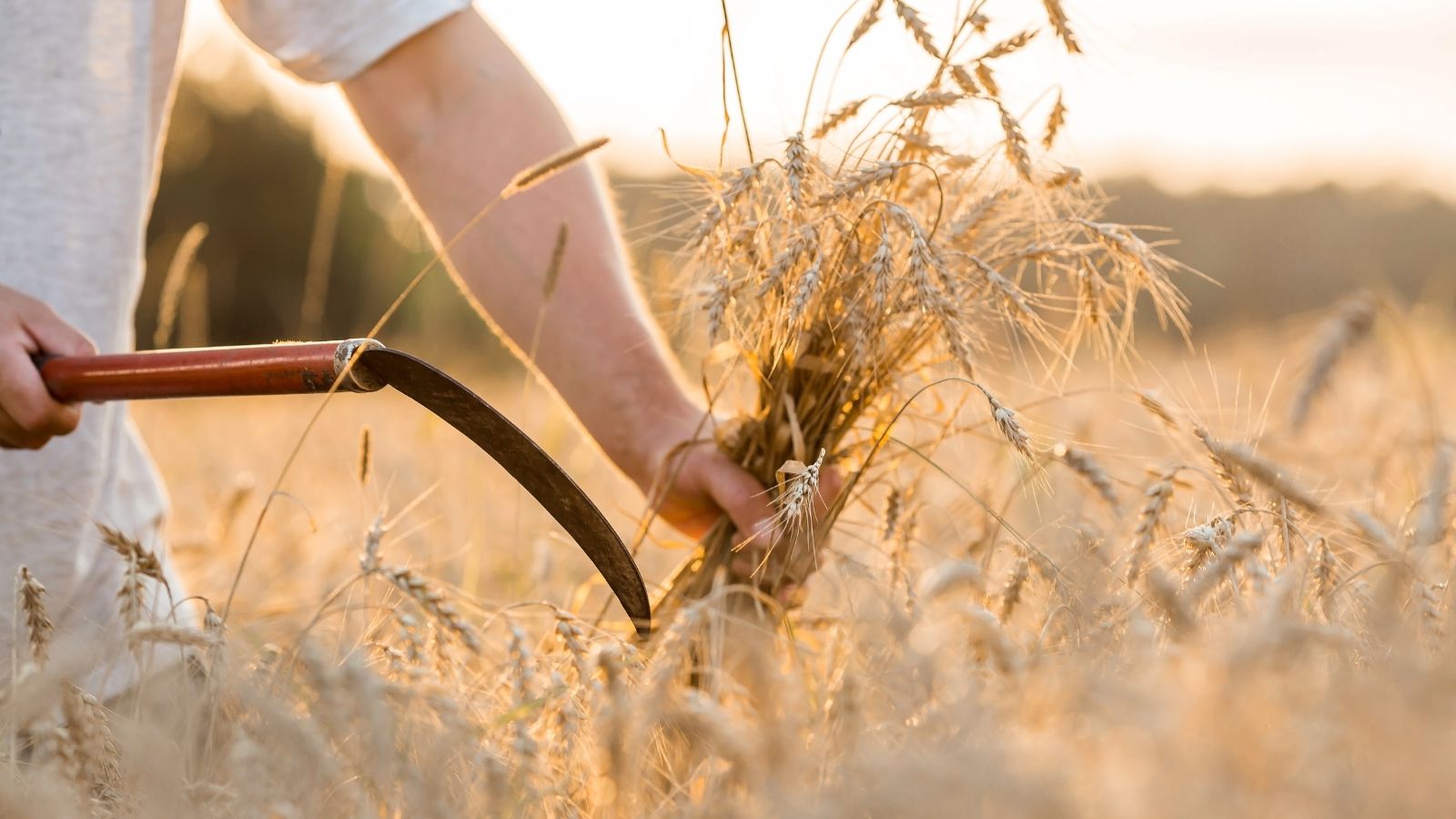
Kashmira wheat was developed to resist certain conditions and diseases, but keep in mind that it’s patented, so growing it without permission can get you into legal trouble. These rules were put in place to help protect the developers’ investments.
Thorny Durian Trees
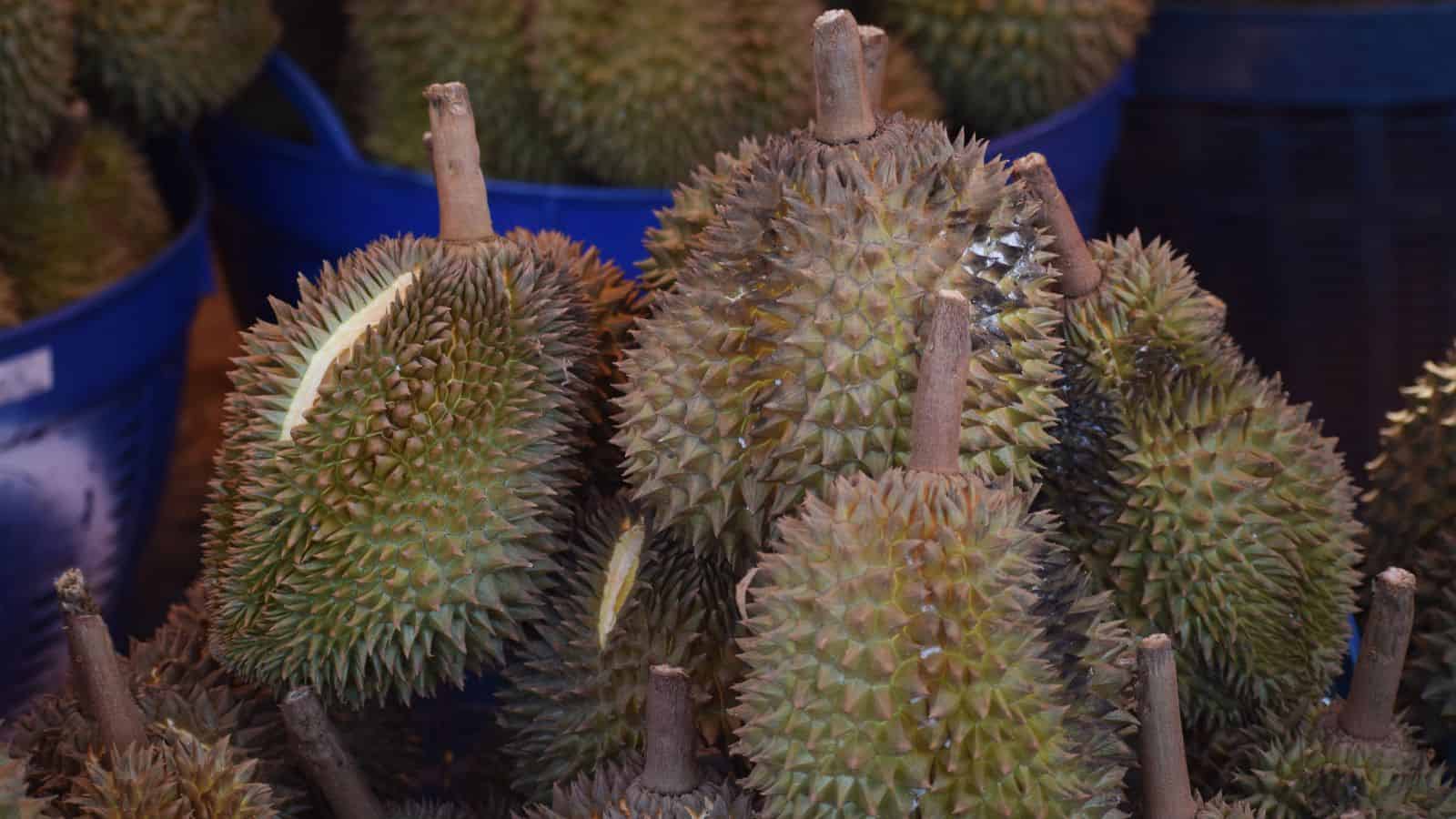
In some places, it’s actually illegal to grow durian trees because the fruit’s strong smell can be a real nuisance for everyone around. Plus, durians need just the right conditions to grow, so they can be a tricky and sometimes not-so-neighborly choice for home gardens.
Miracle Fruit
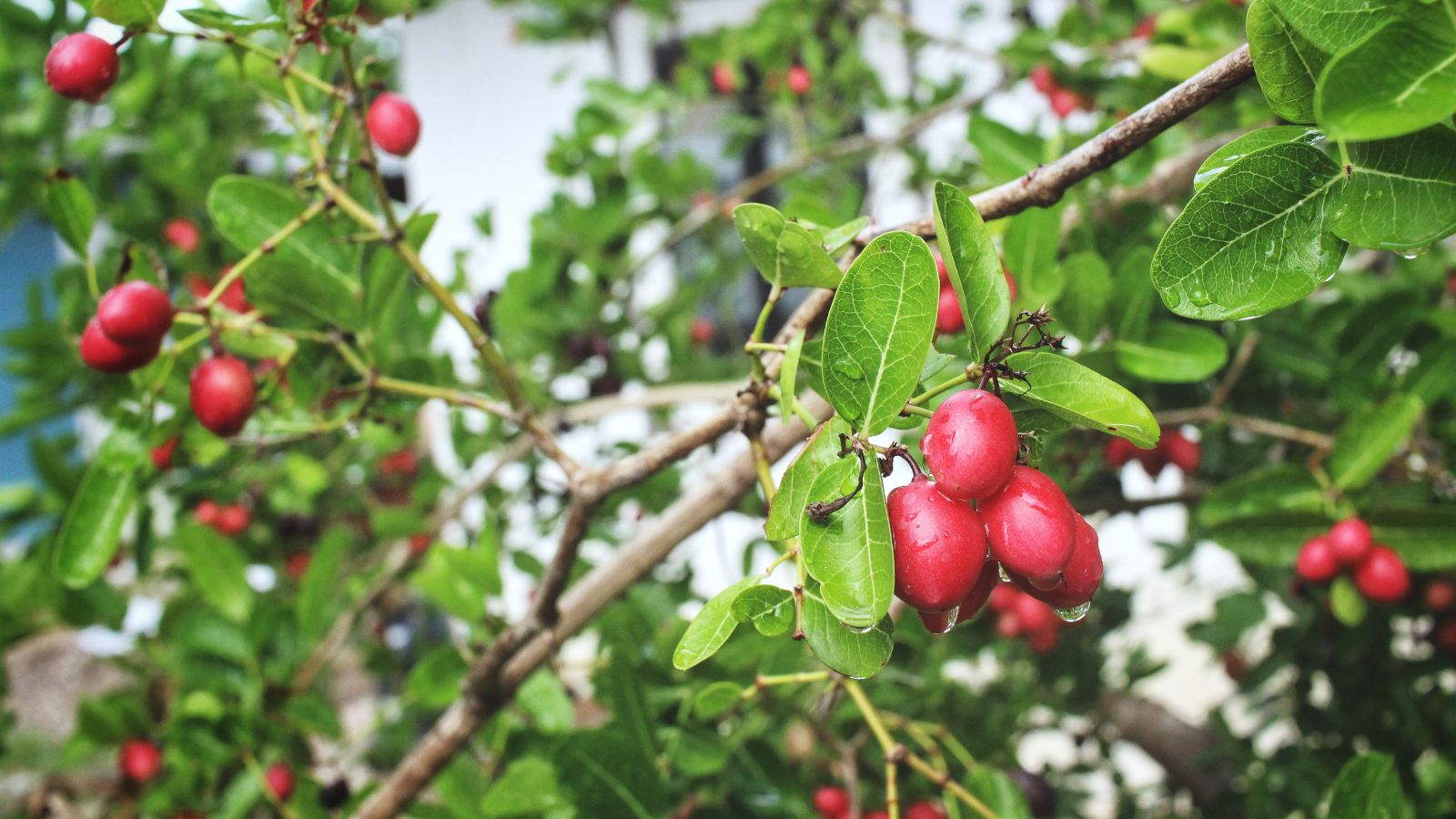
Known for its ability to alter taste perceptions, the miracle fruit can make sour foods taste sweet. However, this incredible plant is subject to strict import and growth regulations in some countries to avoid any potential market hiccups or worries about invasive plants.
Soursop
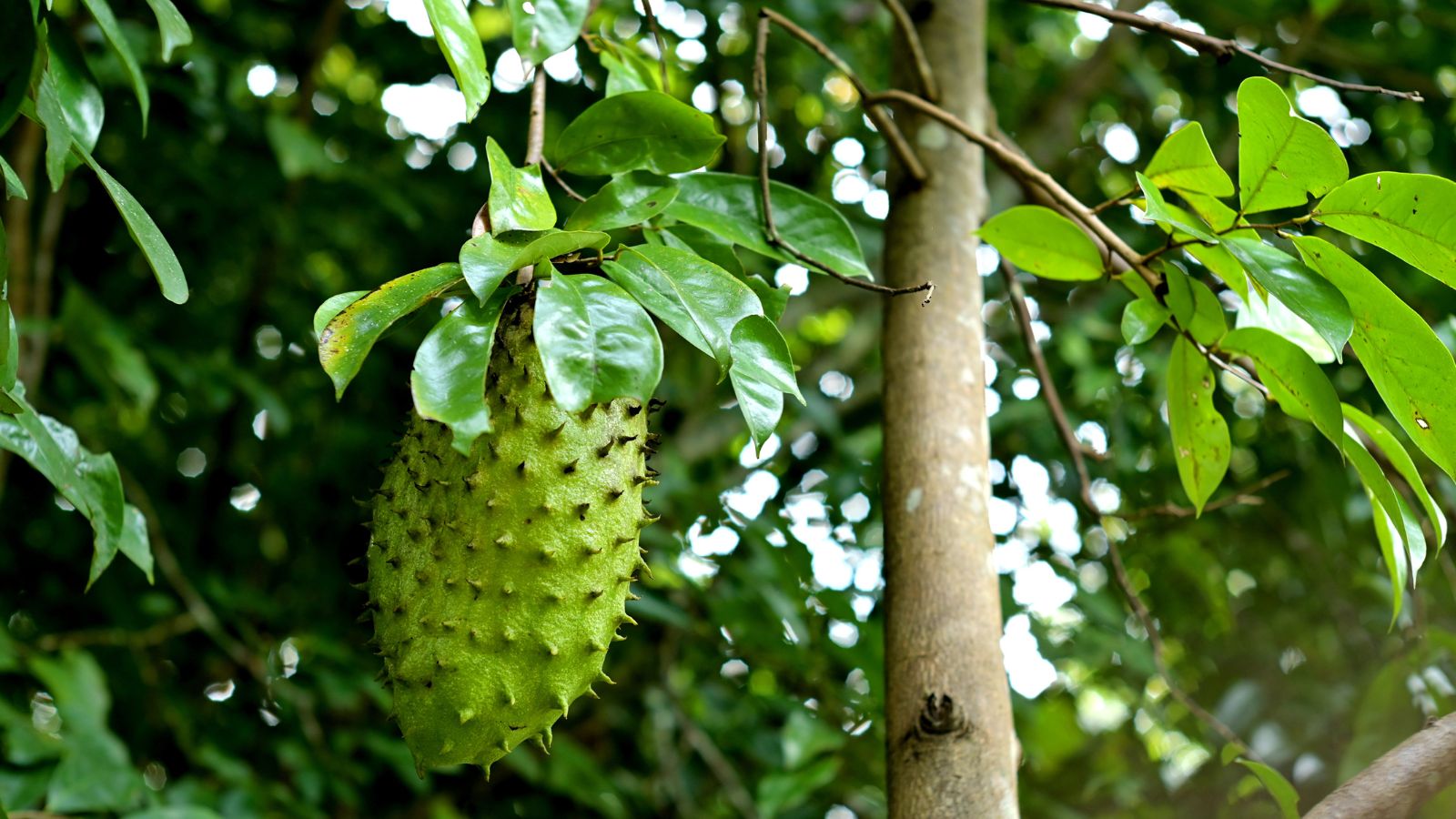
The soursop fruit has many fans for its taste and incredible health benefits, but growing one is actually banned in many regions. This is mainly because it could get too invasive and threaten local plants, which can disturb the balance of the ecosystem.
Hazelnuts

Some foods might seem harmless, and you wouldn’t expect to find hazelnuts on this list. However, these are actually banned in certain areas, since they are prone to blight that can decimate the local species. To prevent this, restrictions on growing these nuts are placed to protect native trees.
Sugar Maple

Sugar maples have gorgeous fall leaves and give us tasty sap for syrup. But you can’t just plant them anywhere. There are forestry laws and rules to protect nature. In that way, we keep our woods diverse and healthy while enjoying those sweet maple treats.
Purple Majesty Potatoes
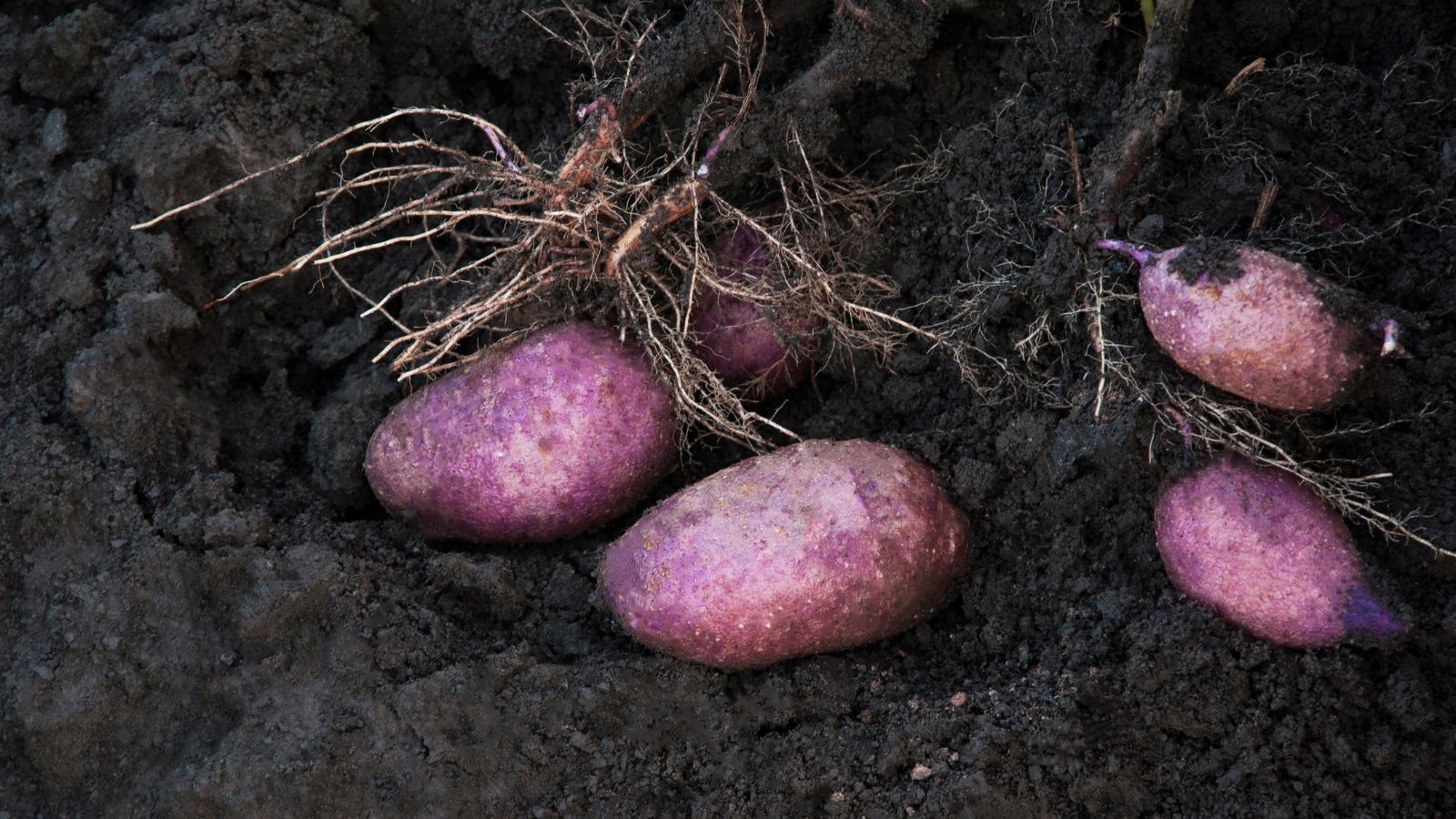
Farmers who wish to grow Purple Majesty potatoes must pay royalties or face legal consequences, as this is a patented variety. These controls help keep the breed’s unique qualities intact and protect the breeder’s legal rights.
Cherimoyas
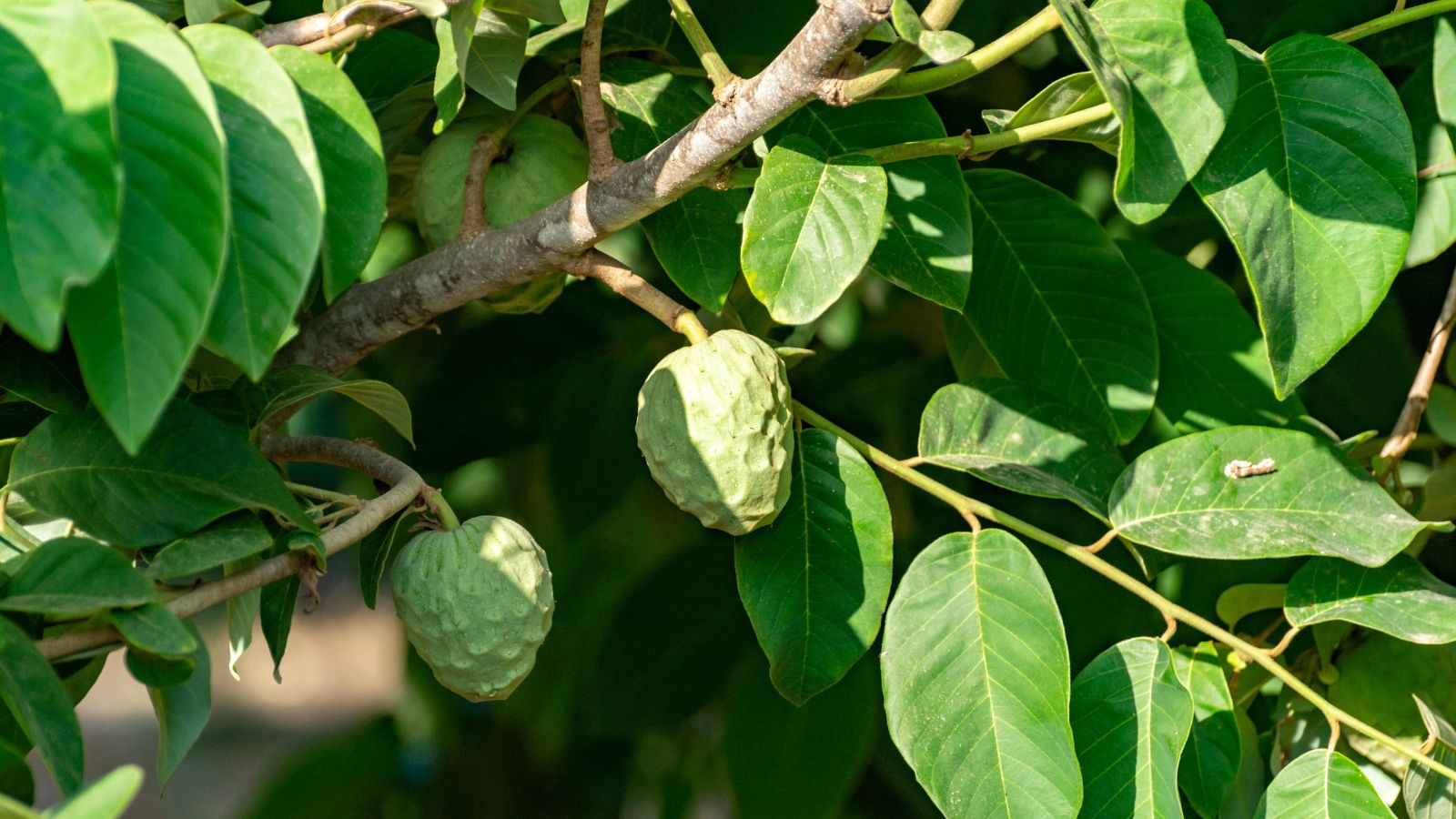
The cherimoya tree, with its custard-like fruit, might seem like a dreamy addition to any garden. But it’s regulated in some zones because it can also become invasive or not thrive, necessitating special attention to prevent ecological imbalance.
Chokecherries
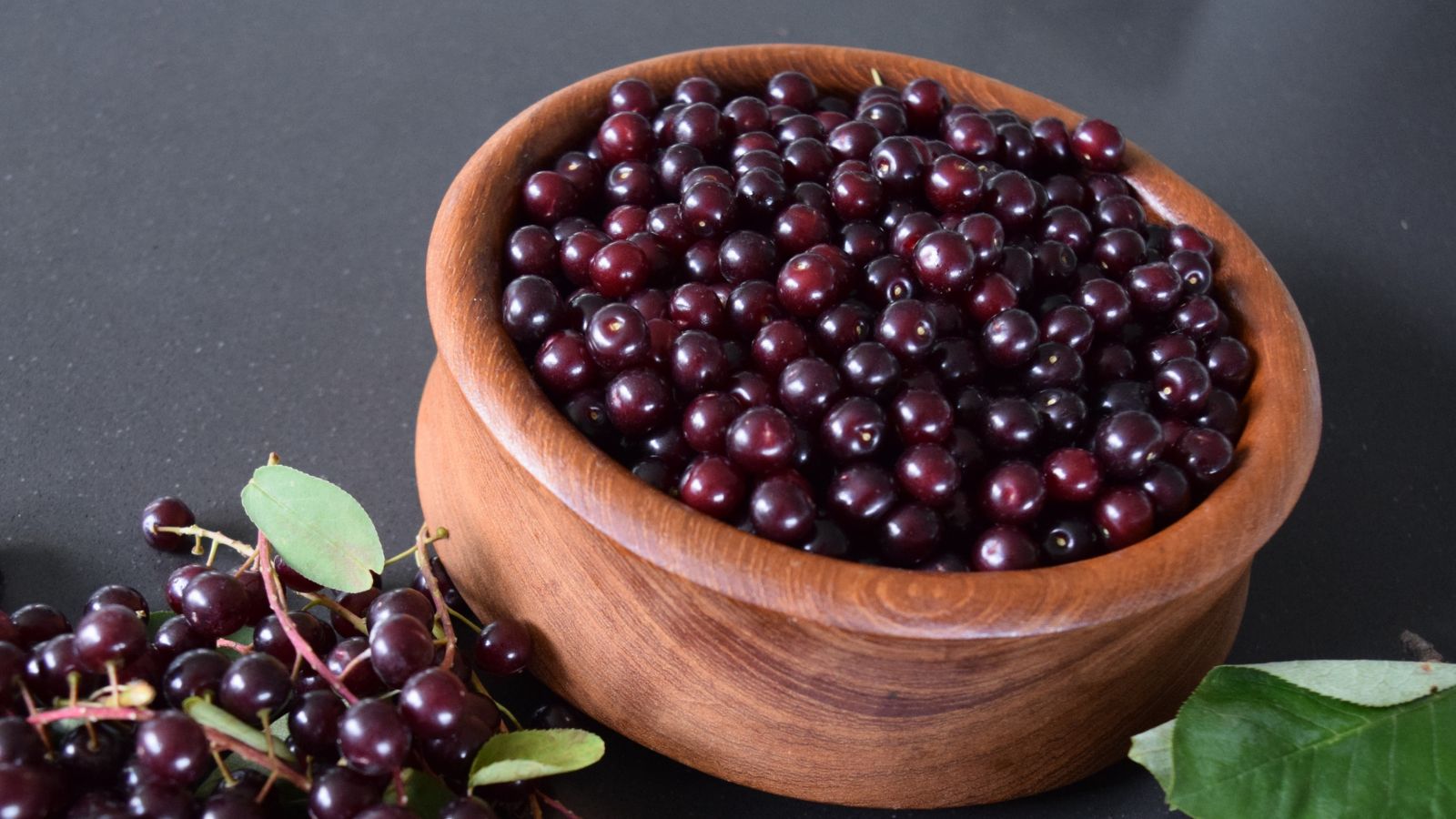
Chokecherries might sound charming, but they can be a bit of a nightmare. They spread super fast, and some types are even toxic. It’s a plant that might get you more trouble than it’s worth, both from the wildlife it can harm and anyone who might accidentally eat the wrong berry.
Persimmons
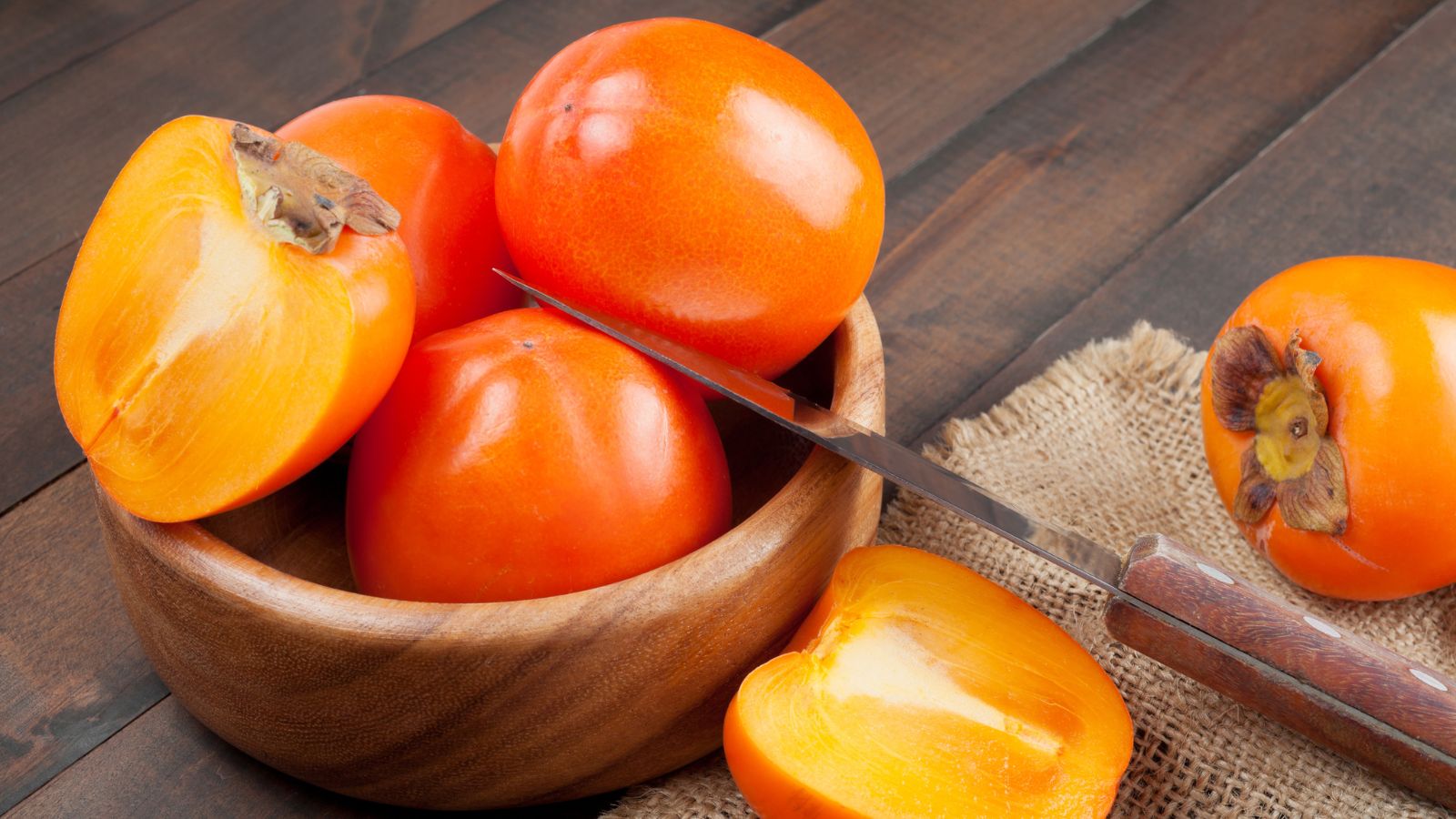
As tasty as they are, persimmons can create many challenges. In some areas, cultivation restrictions exist because these plants can spread quickly and form dense thickets. This can be tough to manage and might even threaten local plant life.
Hemp
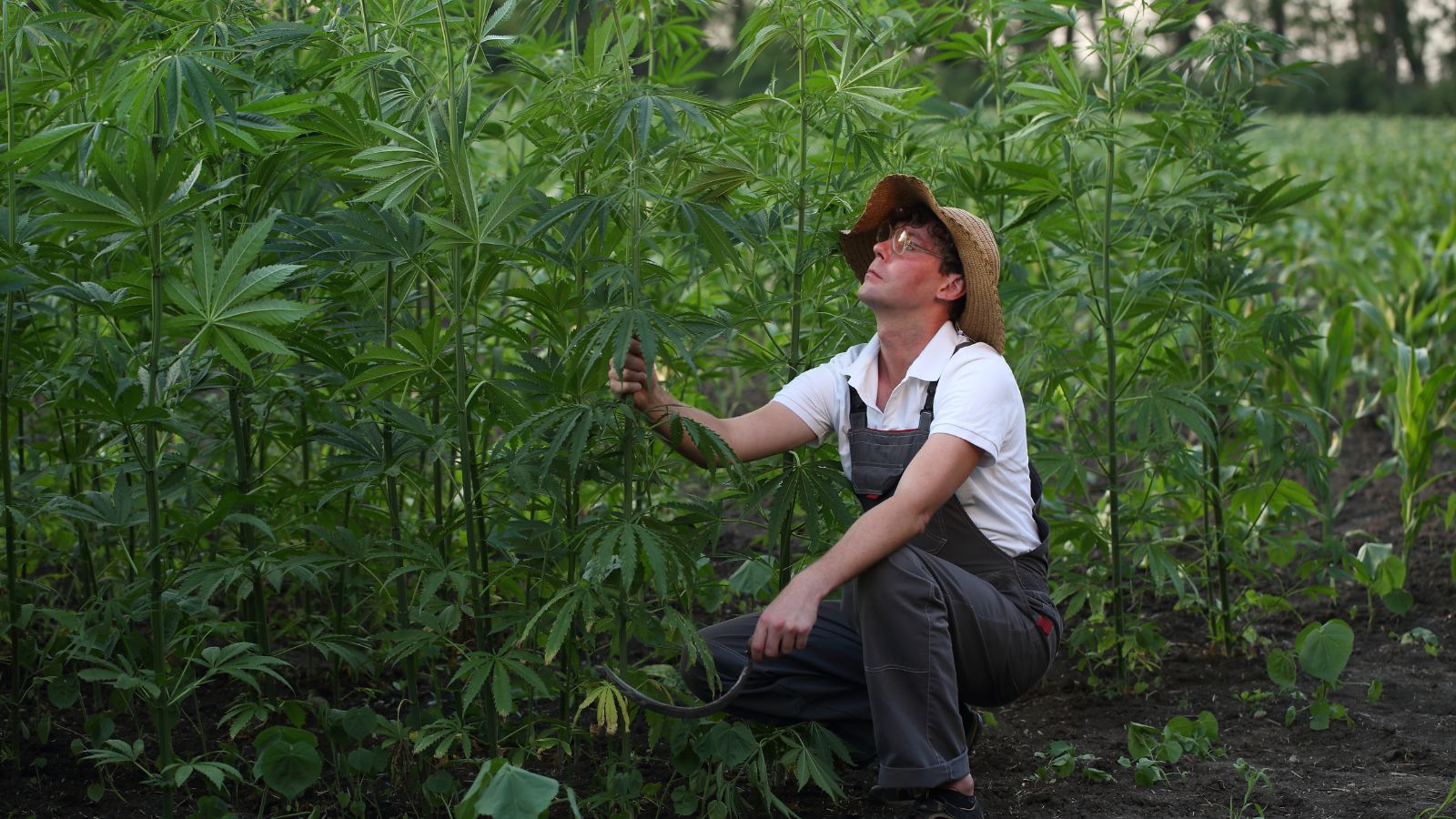
Even though hemp has tons of uses, growing it without proper licenses is illegal because it’s linked to its psychoactive cousin, marijuana. The rules are there to control its production and stop the illegal drug trade.
Licorice
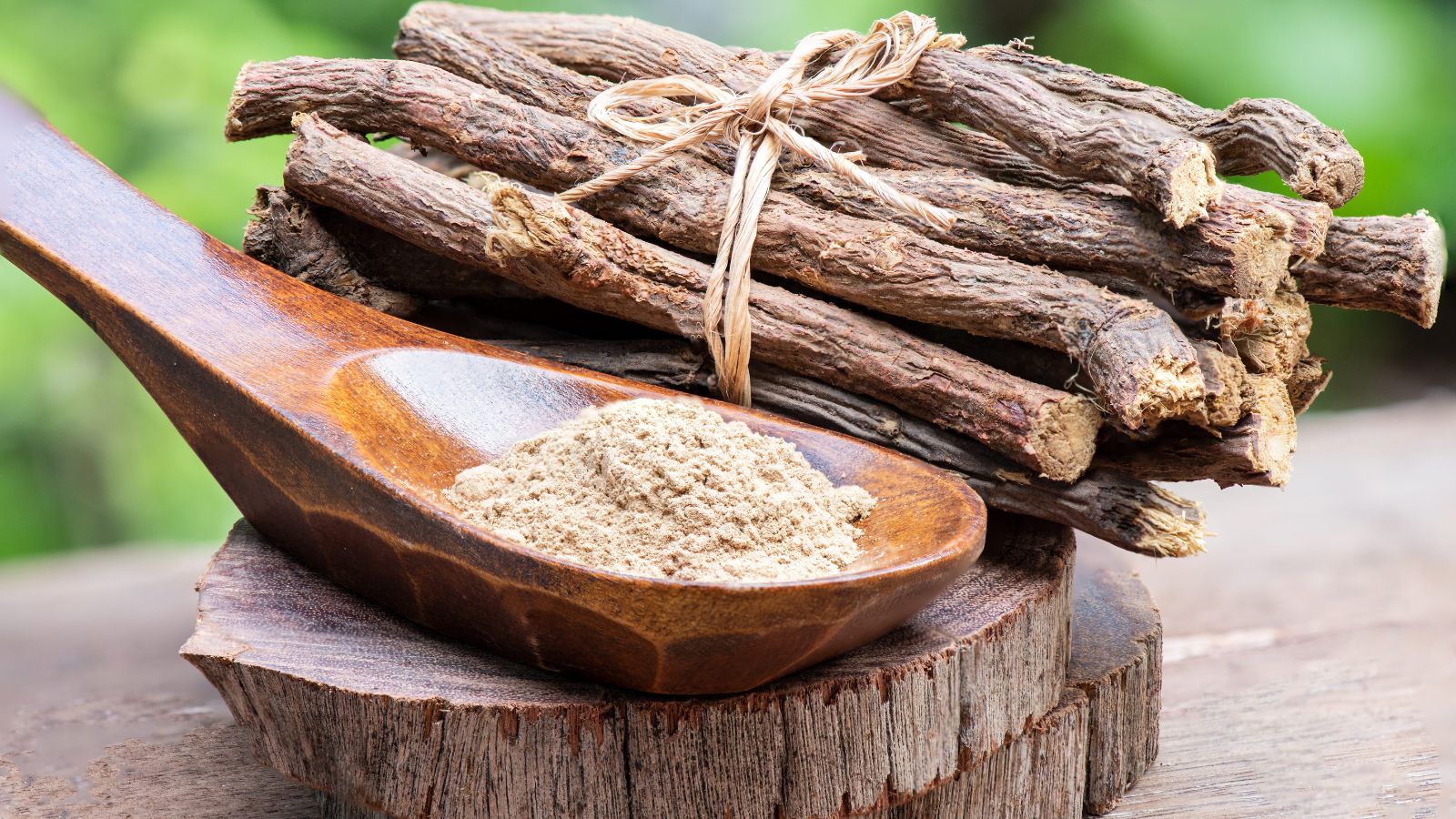
Next on the list is licorice, since growing it can become a problem because it loves to take over. If you’re not careful, it could spread all over the place and crowd out other plants. Some places just say no to avoid the hassle.
Kava Kava
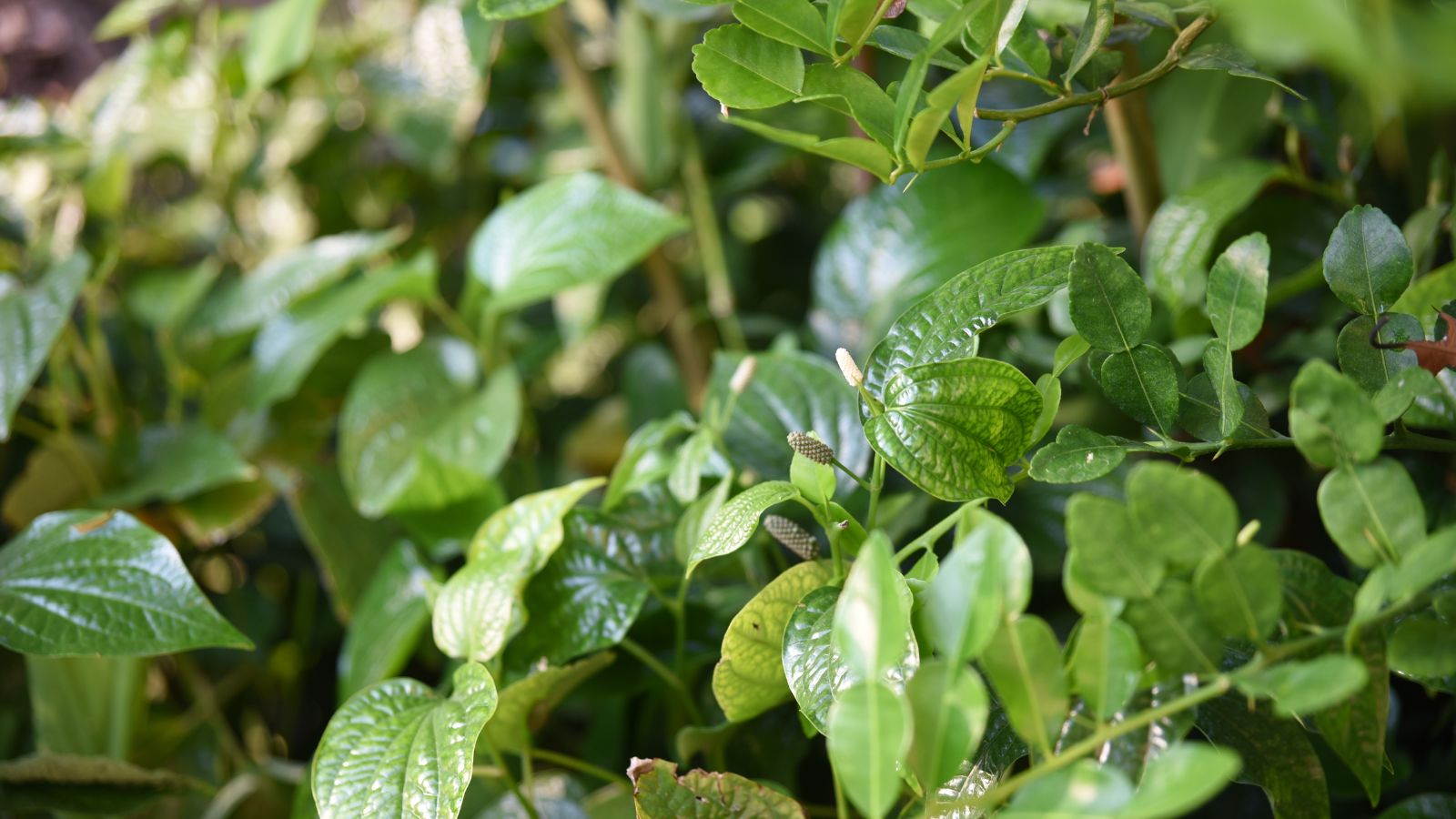
Kava plants are supposed to help us relax, but because of their strong “sedative, hypnotic and muscle-relaxant effects“, as per the ADF, some places are cautious about letting them be grown freely. This is to ensure that kava is used safely and responsibly.
Cardoon
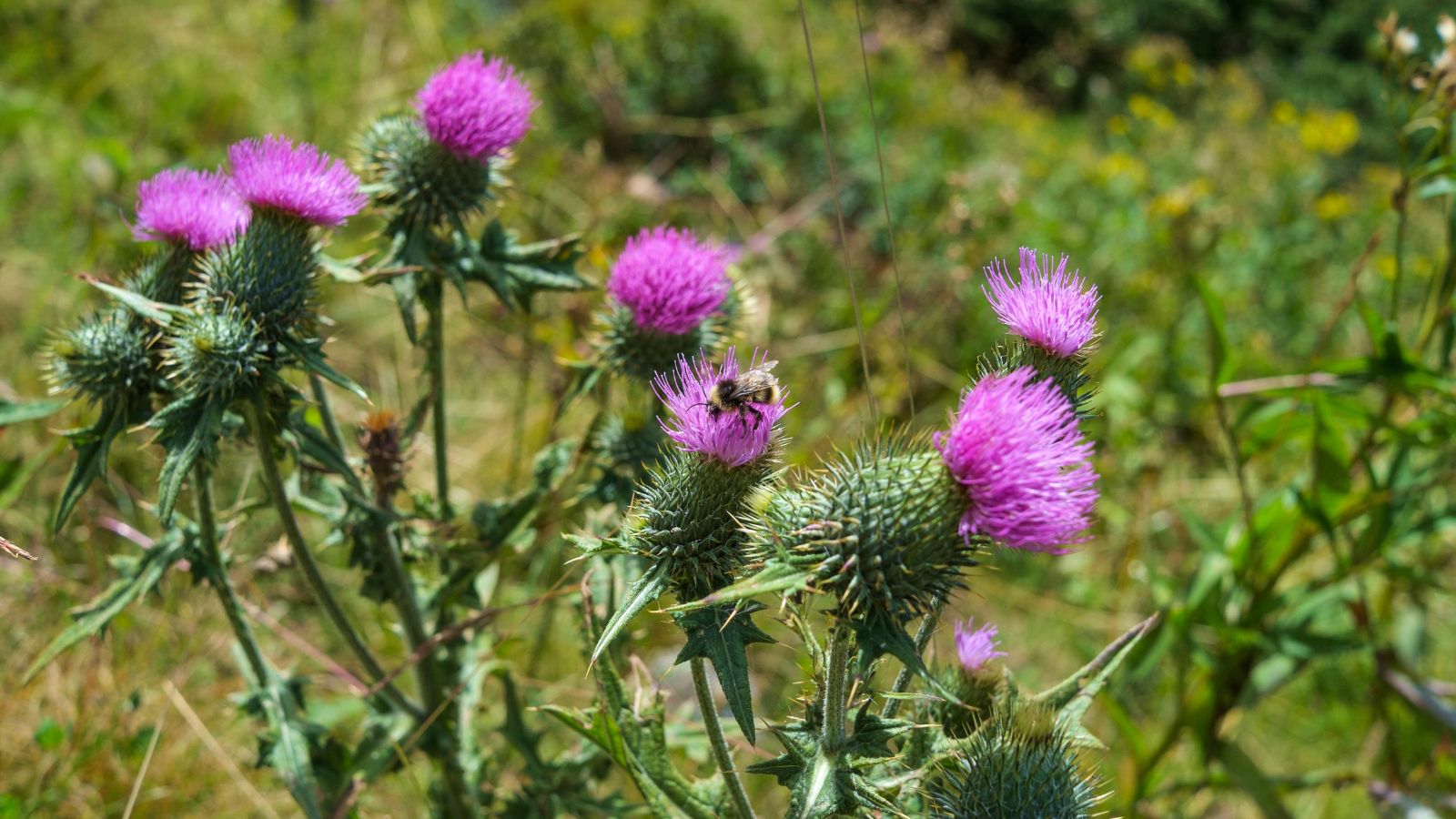
The cardoon, which is similar to the artichoke, can really take over a garden. To stop it from crowding out local plants, there are rules about where you can grow it. It’s all about protecting the native flowers and bushes from being overwhelmed.
Patented Plums

Some plum types are patented, so you can’t grow them without the right permissions. These special fruits are off-limits unless you follow the legal rules and pay the required fees. It’s all about respecting the rights of those who developed them.
Absinthe Wormwood
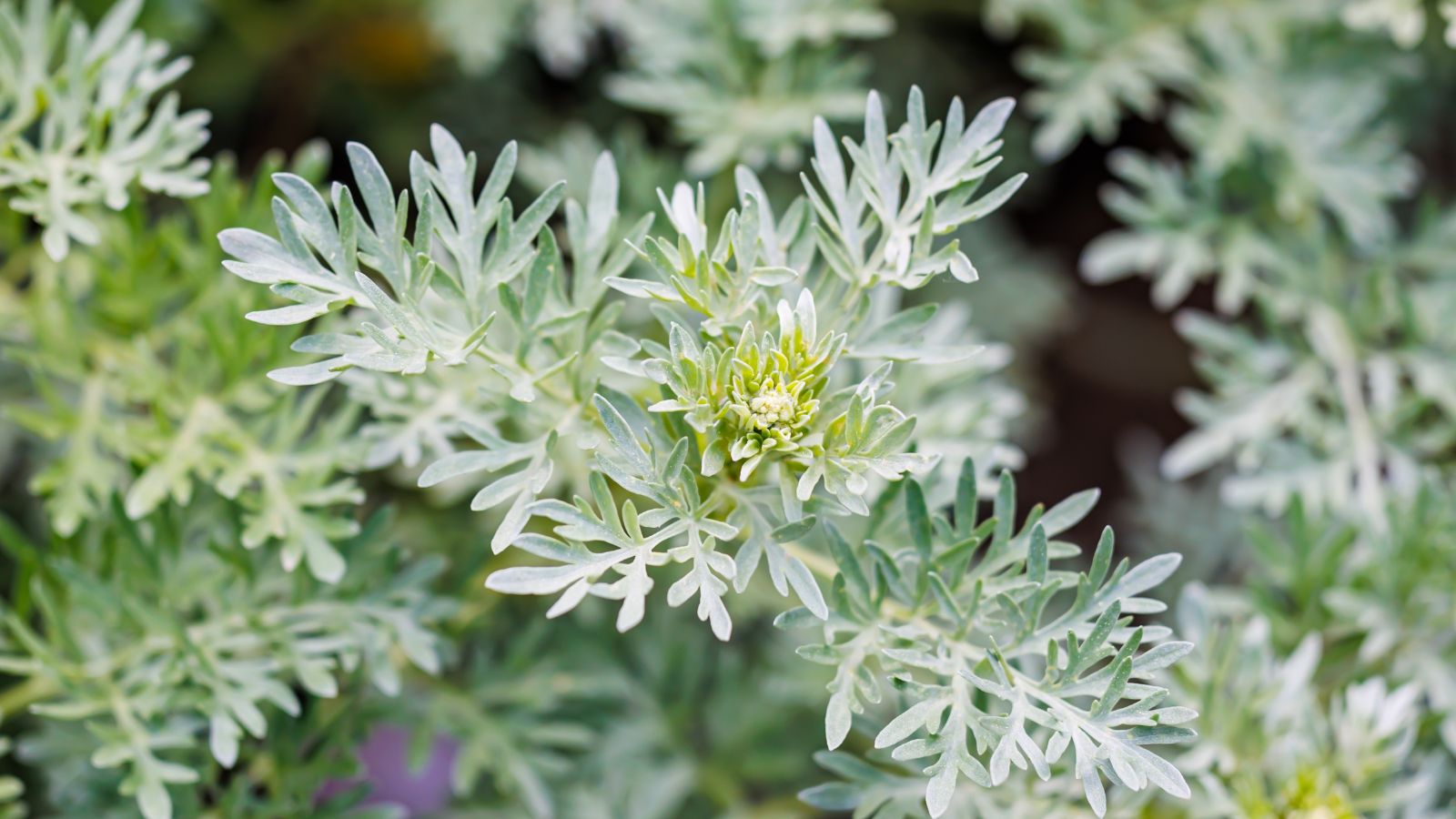
Wormwood, the stuff they use to make the strong absinthe, is actually pretty regulated. Because of its effects, there are rules about growing it. It’s one of those plants where you might be tempted to try it out, but you’ve got to be careful about the legal side of things.
Loganberries

Although not universally banned, loganberries are restricted in some regions because they are prone to carrying plant diseases that affect other berries. Preserving the health of local plants is the priority behind these restrictions.
Up Next: 19 American Foods that Are Not Allowed in Other Countries

We can debate all day about who has the safest food supply in the world. Though, I’d bet you would be surprised at how many everyday American foods are banned in other countries. Most are due to chemical additives and pesticides, which, in places like the EU, cannot be approved for use unless proven safe. Let’s take a look at 19 of them.
19 American Foods that Are Not Allowed in Other Countries
19 Things That Will Happen When You Stop Drinking Alcohol

Whether you identify as an alcoholic or a casual drinker, alcohol can have a significant negative impact on your health. This is why more and more people are choosing to go cold turkey for the sake of their well-being. If you’re considering going sober but need a little more convincing, we’ve got you covered. Here are 19 things that will happen when you stop drinking alcohol.
19 Things That Will Happen When You Stop Drinking Alcohol
17 Things Guests Actually Notice Right Away About Your House

Inviting people into your home is a big deal. You may be very house-proud or house-conscious, and if you are either, you’ll likely get anxious about hosting. If this sounds like you, stop worrying and focus on the following 17 things that guests actually notice right away about your house.
17 THINGS GUESTS ACTUALLY NOTICE RIGHT AWAY ABOUT YOUR HOUSE
